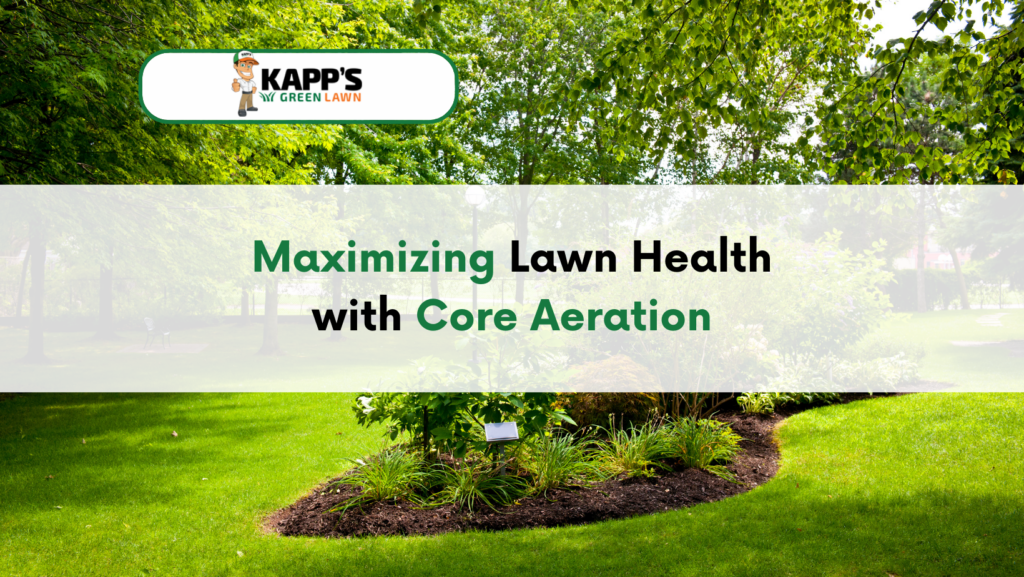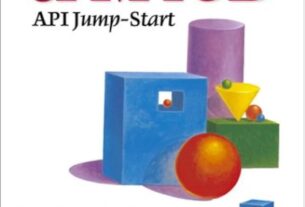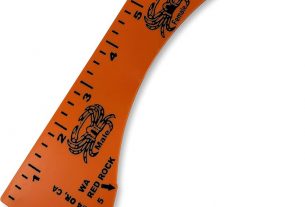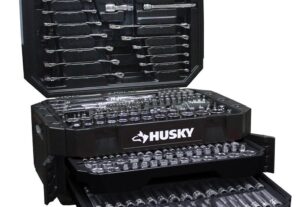Are you tired of looking at your patchy, brown lawn? Do you wish you could transform it into a lush, green oasis? Look no further than an aerating tool. This simple yet effective tool can make all the difference in achieving a beautiful, healthy lawn.
What is an Aerating Tool?
An aerating tool, also known as a lawn aerator or core aerator, is a machine or handheld device that perforates the soil in your lawn to allow air, water, and nutrients to penetrate deeper. The process of aerating creates small holes or plugs in the grass and soil which helps to alleviate compaction and improve overall soil health.
Why Should You Use an Aerating Tool?
There are several reasons why using an aerating tool can benefit your lawn:
1. Improved Water and Nutrient Absorption: When soil becomes compacted, water and nutrients have difficulty penetrating deep into the ground where roots can access them. By creating small holes or plugs in the soil with an aerator, water and nutrients can more easily reach the roots of your grass.
2. Reduced Thatch Buildup: Thatch is a layer of dead grass and other organic material that accumulates on top of the soil over time. If left untreated, it can prevent water and nutrients from reaching your grass’s roots. Aerating can help to break up this layer and reduce thatch buildup.
3. Stronger Root Growth: By improving water and nutrient absorption, as well as reducing thatch buildup, aerating can lead to stronger root growth. Stronger roots mean healthier grass that is better able to withstand drought and other environmental stressors.
4. Improved Overall Lawn Health: Aeration helps to create a healthier environment for your lawn by promoting better soil structure and allowing for improved airflow. A healthy lawn is not only more visually appealing but also more resistant to pests and disease.
When Should You Use an Aerating Tool?
The best time to aerate your lawn depends on several factors, including the type of grass you have and the climate in your area. However, as a general rule, it is best to aerate during the growing season when your grass is actively growing. For cool-season grasses, this typically means aerating in early spring or fall. For warm-season grasses, mid-spring through early summer is usually the best time.
How Do You Use an Aerating Tool?
Using an aerating tool is relatively straightforward, but there are a few things to keep in mind:
1. Prepare Your Lawn: Before you begin aerating, mow your lawn to its usual height and water it thoroughly a day or two before using the aerator. This will help to loosen up the soil and make it easier for the machine to penetrate.
2. Choose Your Aerator: There are several types of aerators available, including spike aerators and plug or core aerators. Plug or core aerators are generally considered more effective as they remove small plugs of soil from your lawn rather than simply poking holes in it.
3. Follow the Machine’s Instructions: Different types of aerators may have different instructions for use, so be sure to read them carefully before beginning. Generally, you will need to set the depth of the tines based on the condition of your lawn and then run the machine over your lawn in a pattern that covers all areas evenly.
4. Water Your Lawn: After you’ve finished aerating, water your lawn thoroughly to help settle any loose soil back into place and promote root growth.
Conclusion
An aerating tool can be a game-changer for anyone looking to achieve a beautiful, healthy lawn. By improving water and nutrient absorption, reducing thatch buildup, promoting stronger root growth, and overall improving soil health, aerating can help transform even the most lackluster lawn into a lush, green oasis. So why wait? Invest in an aerating tool today and see the difference for yourself.
References:
– University of Minnesota Extension. (2019). Aeration of Lawns. Retrieved from https://extension.umn.edu/lawns-and-landscapes/aeration-lawns
– The Spruce. (2021). How to Use a Lawn Aerator. Retrieved from https://www.thespruce.com/how-to-use-a-lawn-aerator-4154866




